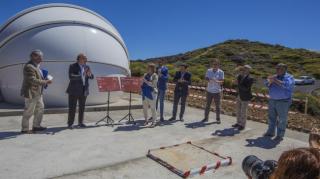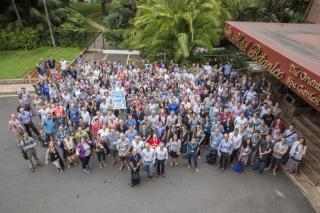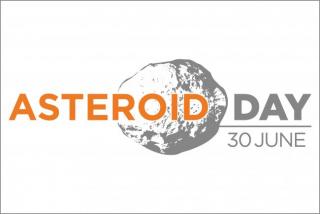
This new project of astronomical observation on La Palma, for the detection of the optical counterparts of the sources of gravitational waves, was initiated today at an academic ceremony.
Advertised on
This section includes scientific and technological news from the IAC and its Observatories, as well as press releases on scientific and technological results, astronomical events, educational projects, outreach activities and institutional events.





